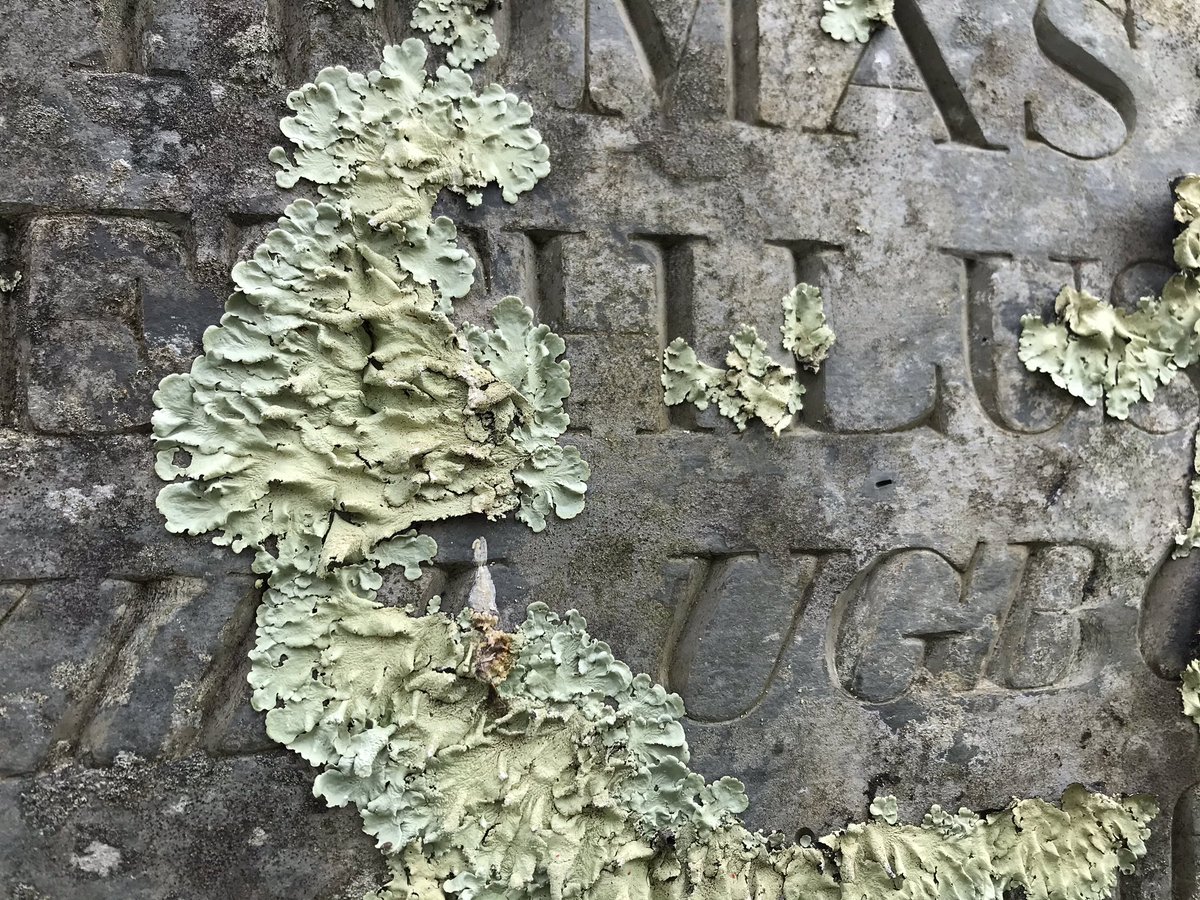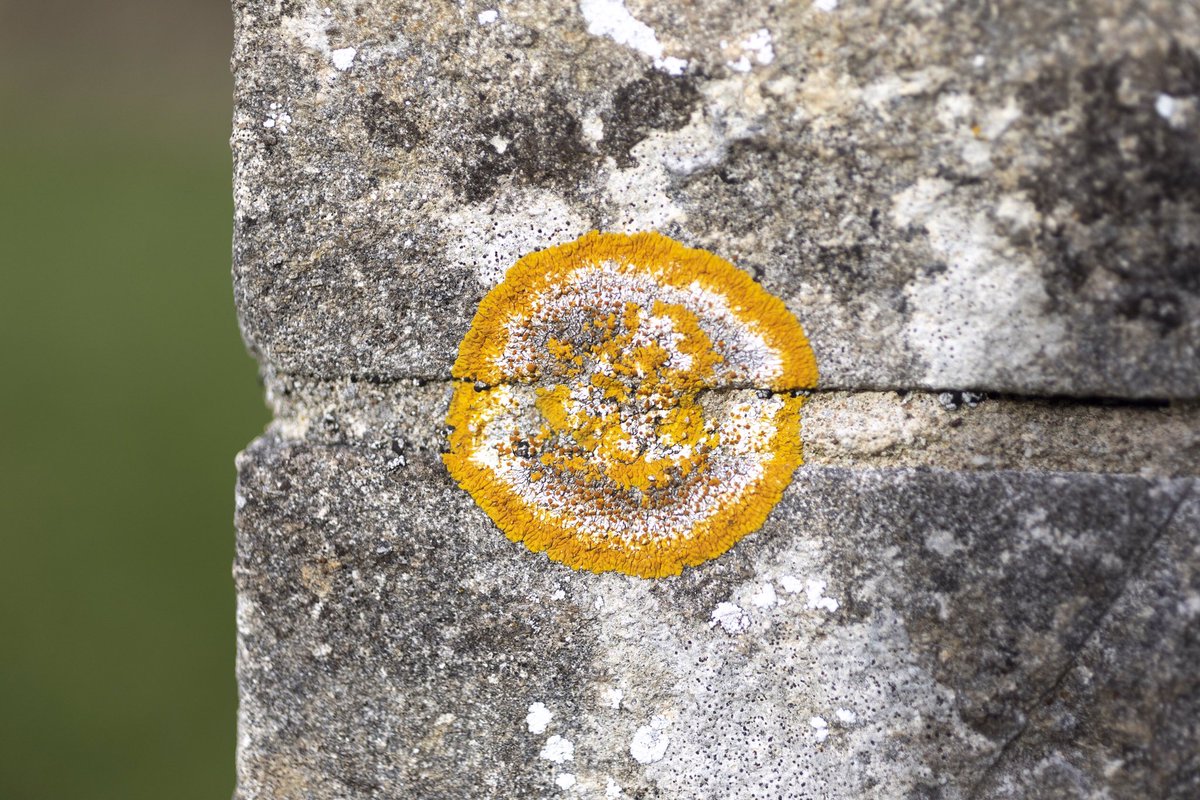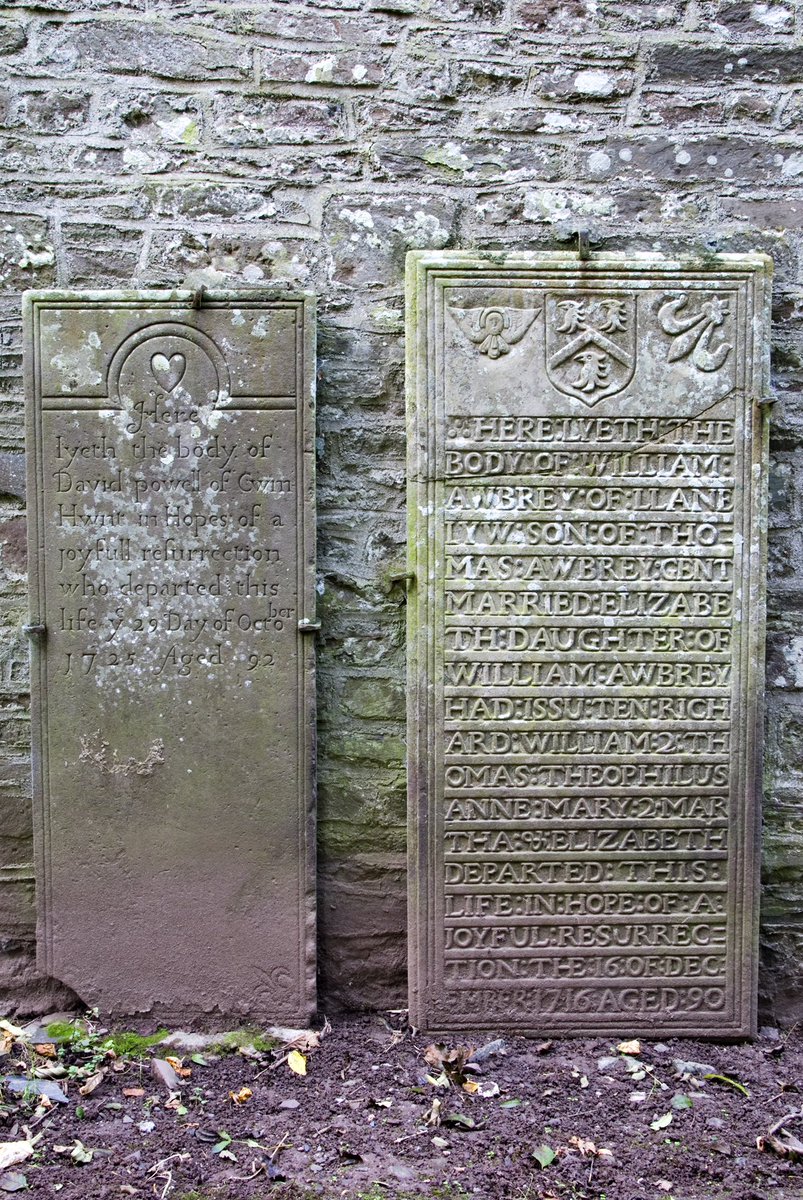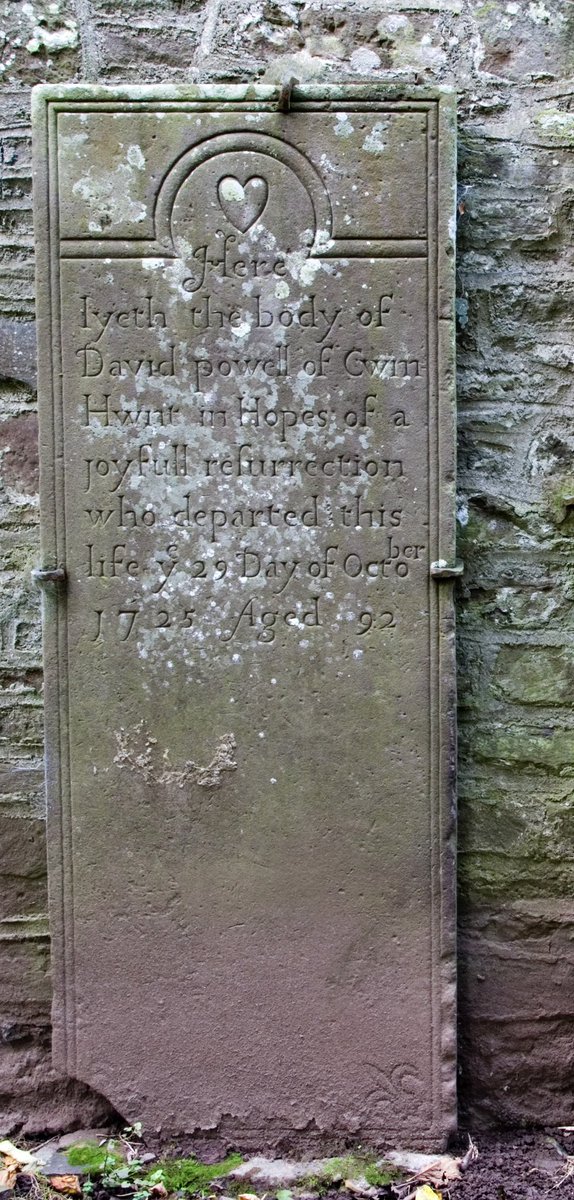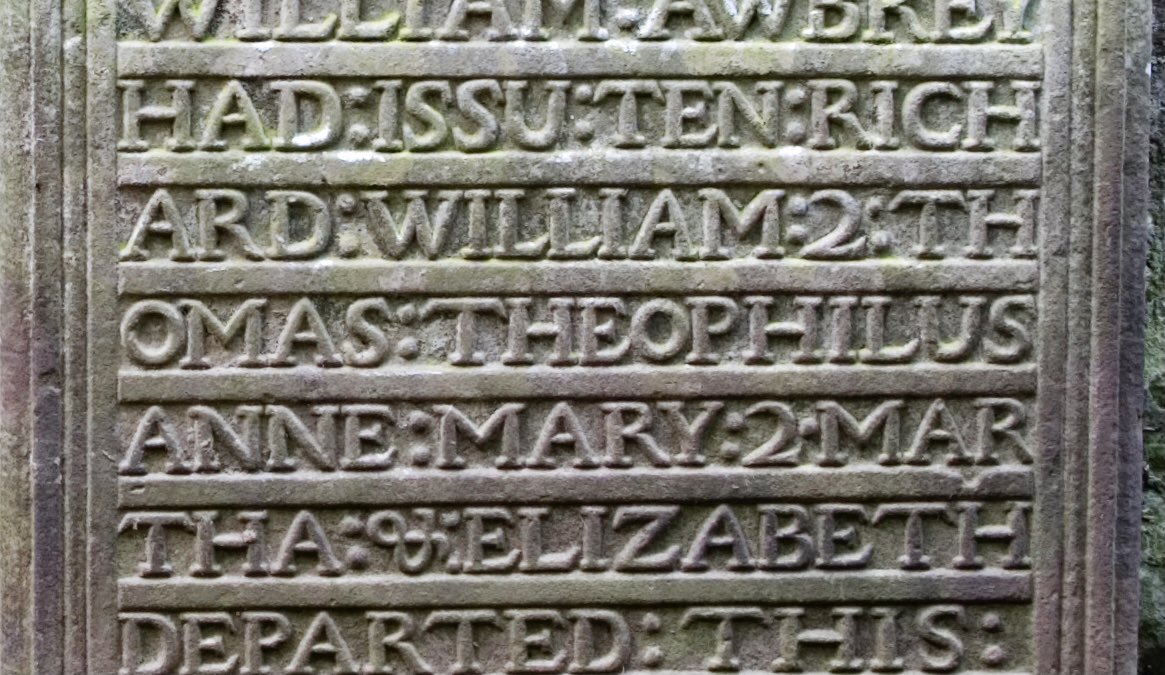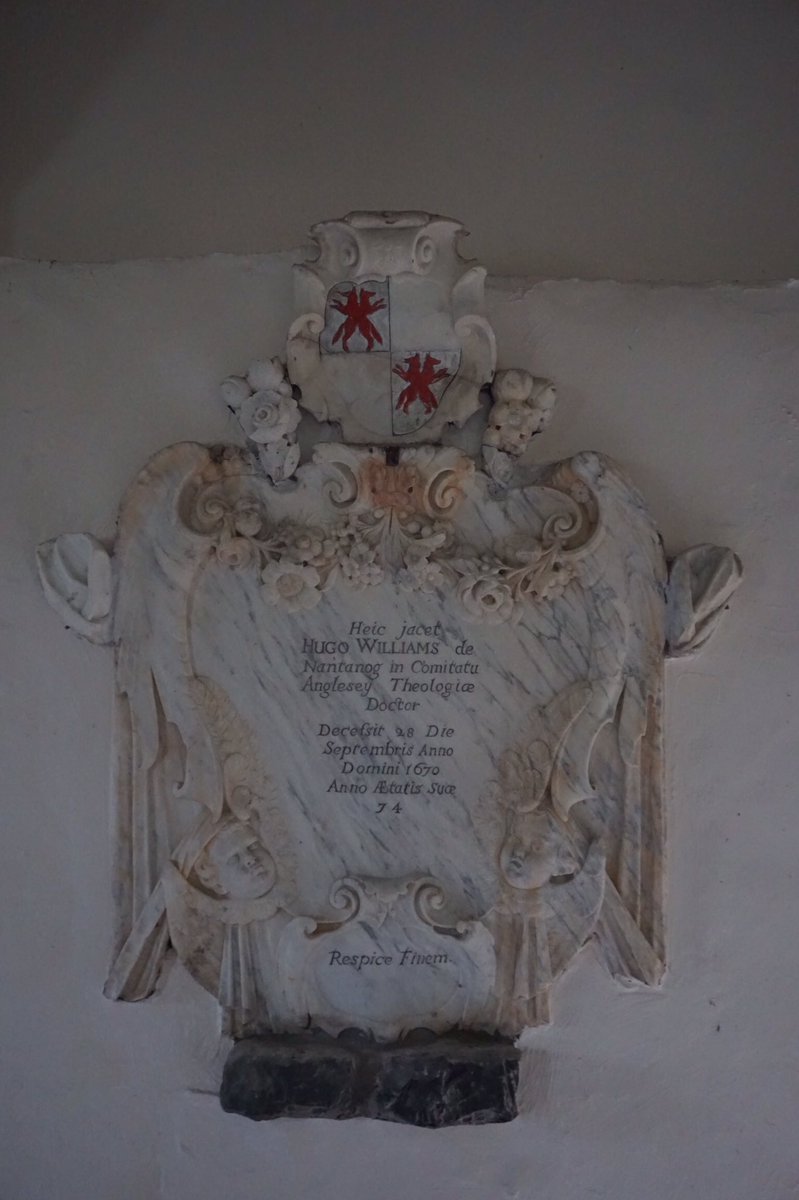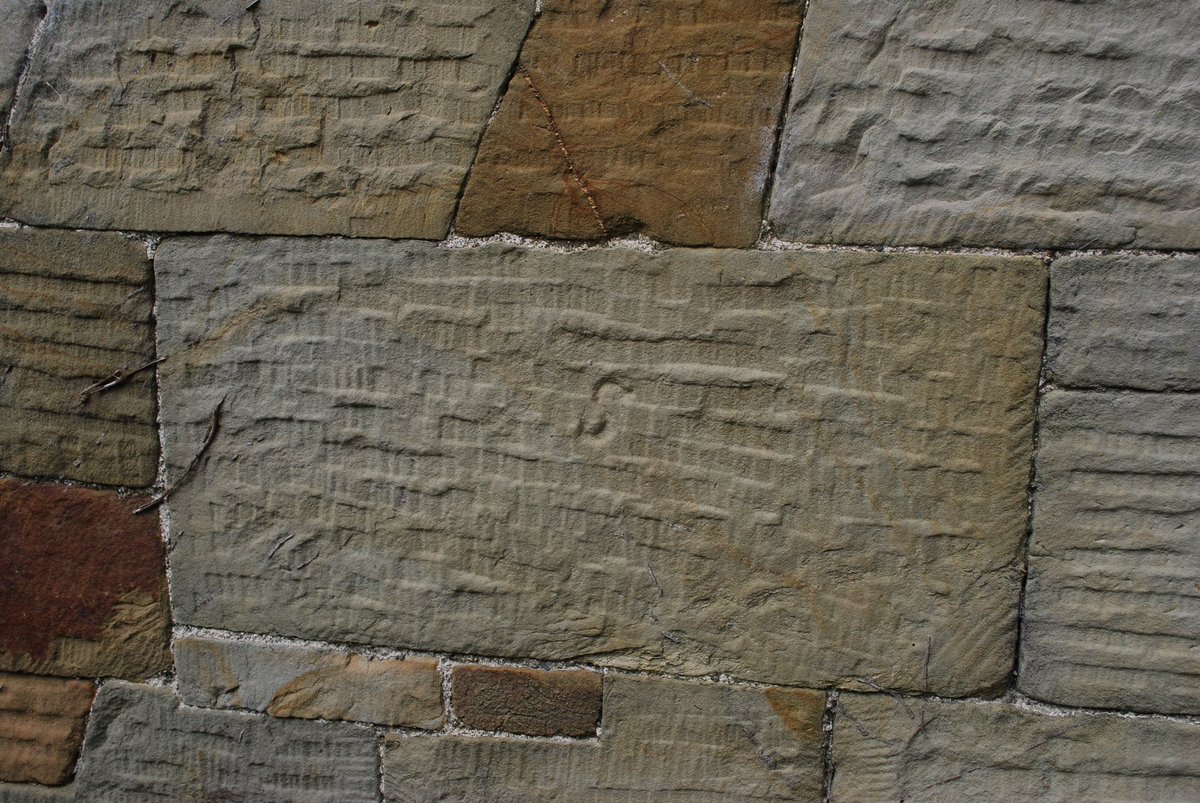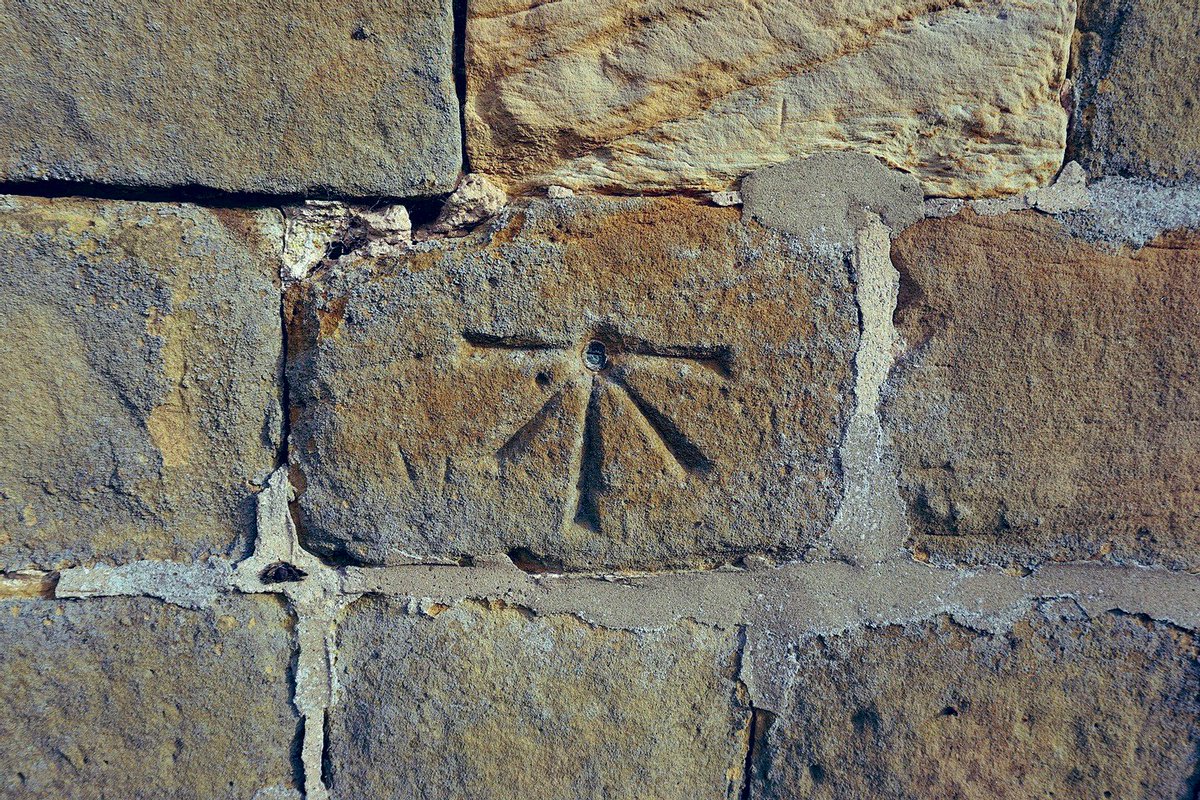
St Mary’s is the most beguiling of buildings. Set in a chocolate-box village in Wiltshire, built from honeyed stone in doll-like proportions, it’s a tiny masterpiece of Gothic Arts & Crafts style. And was built as a result of one woman’s grief…
#thread
#thread

In her will of 1899, Mary Barton left £10,000 for the purchase of a piece of land at Temple Corsley and the building of a chapel in the memory of her husband and son. Mary Barton’s executors chose Mr W. H. Stanley of Trowbridge as the architect.
2/
2/

It seems like this was the only place of worship Mr Stanley ever designed.
With the chapel designed, Buyers Brothers of Westbury won the contract to actually build it.
3/
With the chapel designed, Buyers Brothers of Westbury won the contract to actually build it.
3/

Approached from the west, griffin gargoyles greet the visitor. The prowl around a playful spirelet with an octagonal bell-turret. Tapering buttresses support the walls. The path leads you to the north-porch and under a sinuous, depressed arch and over a flagstone floor.
4/
4/

The light in this chapel is celestial. It is the first things that strikes anyone. It’s lit by two rows of three-light windows: each window is crowned in cusped glazing with the fringes stained in a shade of sugar-barley stick orange.
5/
5/

Bare red brick with bright white pointing forms the nave walls. The chancel is entirely ashlar stonework, symbolising the greater importance of the east end. A real highlight are the pews which are carved at stylish, raking angles from Kauri (NZ) timber.
6/
6/

St Mary’s chapel was built out of loss and longing, and became a glorious celebration of life, architecture and craft. See more here: friendsoffriendlesschurches.org.uk/corsley/
All photos by the wonderful
@fotofacade

All photos by the wonderful
@fotofacade

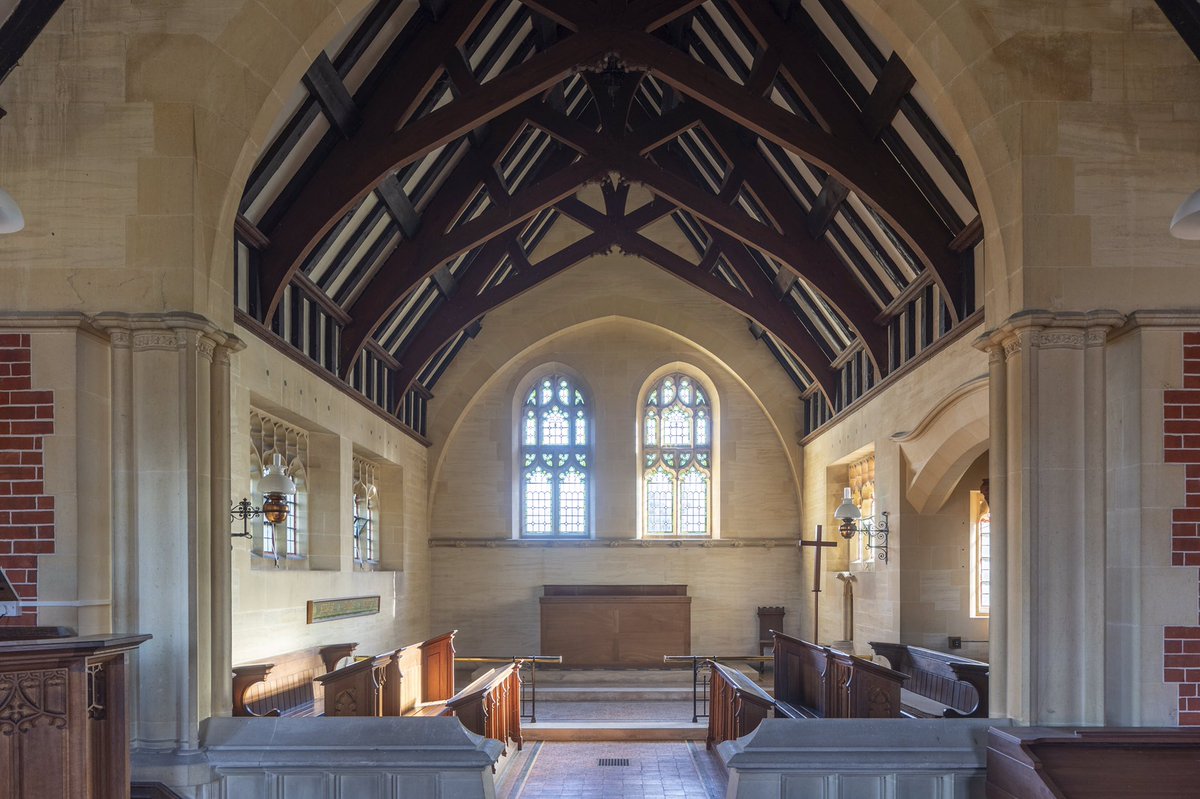
• • •
Missing some Tweet in this thread? You can try to
force a refresh


